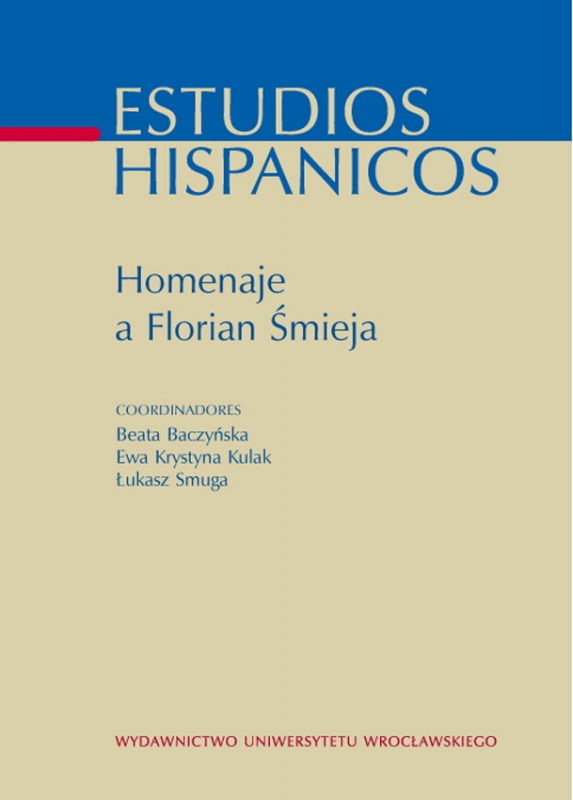

Estudios

Feminine dialogism in Diálogo entre el Viejo, el Amor y la Mujer hermosa
This article begins a literary dialogue between two specific works written at the end of the fifteenth century: Diálogo entre el Amor y un viejo by Rodrigo Cota and the anonymous Diálogo entre el Viejo, el Amor y la Mujer hermosa which lead to Celestina. Miola, who discovered, published and studied the anonymous Diálogo in 1886, was impressed by the depth of characterization. Later critics have compared these texts to Celestina in search of sources or biographical clues for Rojas’ text. In Celestina many lives crisscross whereas in Cota’s Diálogo, much like the medieval scholarly and clerical debates all written by men, there are but two voices. In the anonymous Diálogo, the third voice is that of the beautiful woman who, in her own voice and as a harbinger of literary change, speaks as an independent modern creation. Future work aims to determine how these women speak, what they say and whether their ideas differ from those expressed by male figures.